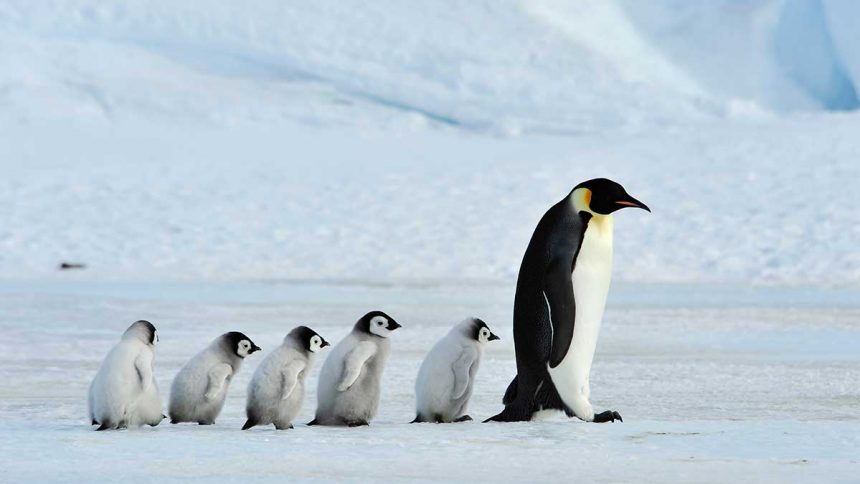I embarked on a journey to the Antarctic to investigate and address the issue of microfiber pollution. Standing on the icy terrain surrounded by majestic penguins and towering glacial walls, I was filled with awe and wonder. As a National Geographic Explorer, expedition scientist, and founder of the Rozalia Project for a Clean Ocean, being in such a breathtaking environment while conducting research was a dream come true.
Through the partnership between Lindblad Expeditions and the National Geographic Society, I have had the privilege of exploring some of the world’s most remote and wild places, including Hawaii, Arctic Svalbard, and the sub-Arctic regions of Norway, the Shetland Islands, Faroe Islands, and Iceland. In each of these locations, my team’s mission remains consistent – to collect samples of surface water and air to examine and understand the presence of microplastics and manmade microfiber pollution.
The urgency to address microfiber pollution is growing as studies indicate its harmful effects on marine life and potentially on human health. As we continue our research and data collection efforts, we are uncovering actionable information that can lead to solutions and innovations to combat this pressing issue.
Our journey into the world of microplastic pollution began back in 2010, and in 2014, we discovered the alarming impact of microfiber pollution. These minuscule fibers, invisible to the naked eye, break off from textiles and contaminate our environment. Our research and innovative methods have allowed us to analyze and map the distribution of microfibers in air, water, and soil, even in the most remote regions of the world.
Inspired by forensic science, we developed the CSI for the Ocean program, a global citizen science initiative aimed at monitoring and tackling microplastic and microfiber pollution. Supported by the National Geographic Society, Lindblad Expeditions, and Rozalia Project, this program engages individuals and communities in the fight against ocean pollution.
As we continue to gather data from expedition after expedition, we are uncovering the widespread presence of microfiber pollution in pristine and remote locations. Our findings underscore the need for human-scale solutions, such as reducing laundry frequency, using cold water settings, and choosing higher quality and pre-owned clothing to minimize shedding.
Furthermore, we must look towards industries and policies to implement changes that combat microfiber pollution at its source. Innovations in textile manufacturing, washing machine design, and policy regulations can all contribute to a cleaner and healthier environment for future generations.
Together, through awareness, education, and action, we can make a difference in the fight against microfiber pollution and protect our oceans for generations to come.






